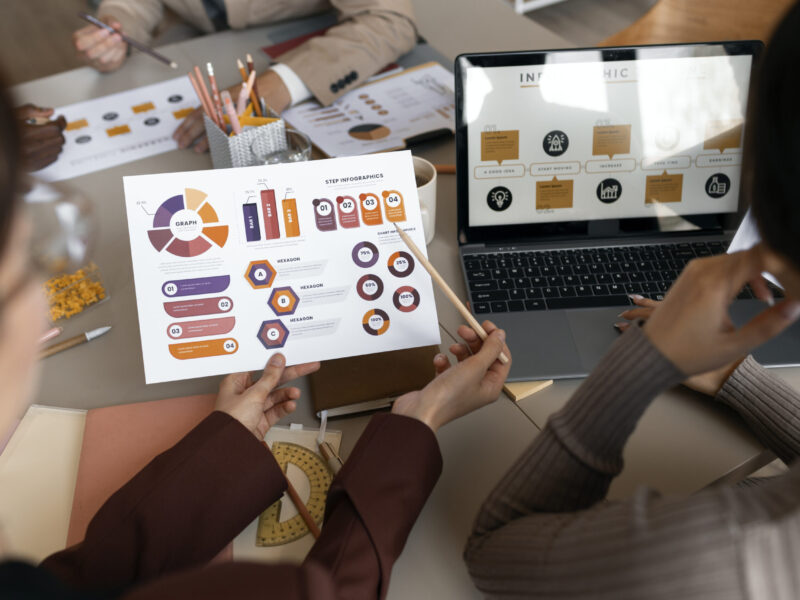Marketing funnel: what it is, what it’s used for, and how it’s done?
What is a funnel and what is it used for?
In digital marketing and online commerce, a funnel (also known as “sales funnel” or “conversion funnel”) is a model that describes the journey taken by an audience from potential prospects when they first learn about your brand, until they become paying customers (converts), by purchasing your products and services.
Such a model helps you understand the interests and needs of your audience and guides their behavior towards your offer. It’s not enough to attract a lot of visitors, but it’s important to encourage as many of them as possible to take steps towards becoming customers.
What does it mean in concrete terms?
AIDA (Attention, Interest, Desire, Action) is the first and most well-known among the models that theorize the steps that customers go through. Although it’s over 100 years old and there have been several variations since then, the main characteristics have remained the same. They all share the stimulus-response principle, with the stages: cognition (attention/awareness) -> emotion (interest and desire) -> behavior (action).
The main stages of a funnel:
1. Attention & Awareness
The goal is to reach as many people as possible and build brand awareness. You need to understand who your audience is, what their interests and needs are. The attention of potential customers is captured through ads and content (social media, blogs, videos), and they become aware that you have products and services that could meet their needs.
2. Consideration / Interest & Evaluation
If your offer sparks the interest of potential customers, they consider it and look for more information about your products and/or services. Interested customers evaluate your offer and compare it with that of your competitors, so you need to convince them of the value you offer. The goal is to gain the trust of your audience by providing them with the information they need and showing them that you are available to help. Potential customers have evaluated your offer and that of your competitors and want to become your paying customers.
3. Action & Conversion
Interested customers take concrete steps towards becoming paying customers (converts) by registering (for a newsletter, course, ebook, etc.) or making purchases of products and services. At this stage, customers know what you offer and you need to convince them to make a purchase. You need to use CTAs (call-to-action) to target current customers to engage visitors who have interacted with your brand but haven’t made a purchase (remarketing).
4. Loyalty & Advocacy
It’s important to maintain the trust of the customers you have gained. At this stage, you need to build a relationship with your customers by informing them about offers and discounts. Ask for reviews and recommendations through contests and giveaways.
As you go through these stages, the number of visitors will decrease, and the funnel will narrow down, leaving only a small portion who will become paying customers. The main goal of the funnel is to reach as large an audience as possible, and among them, as many as possible become paying customers (converts).
Funnels differ based on the directions in which you want to guide potential customers: sales, email, webinar, home page, etc. A concrete example of the audience.
If your advertising budget is at least or over €1000 per month, we would love to discuss how we can help you achieve the results you want. Book a call with one of our specialists. We are ready to help you! Book Call ⟶





